
EdgeLock® Assurance
Proven security development processes and verification assessments – from product concept through release – help ensure customers receive trusted solutions for their security challenges.
Sign in for a personalized NXP experience.
Roll over image to zoom in


This is a modal window.
Beginning of dialog window. Escape will cancel and close the window.
End of dialog window.
This is a modal window. This modal can be closed by pressing the Escape key or activating the close button.
This is a modal window. This modal can be closed by pressing the Escape key or activating the close button.
The LPC551x/S1x MCU family is part of the EdgeVerse™ edge computing platform and expands the world’s first general purpose Cortex-M33-based MCU series, offering significant advantages for developers, including pin-, software- and peripheral-compatibility for ease of use and to accelerate time to market, while leveraging the cost-effective 40-nm NVM process technology.
The LPC551x/S1x is the baseline family within the LPC5500 MCU series inclusive of LPC5516x, LPC55S16x, LPC5514x, LPC55S14x, LPC5512x MCUs, providing new levels of cost and performance efficiency in addition to advanced security and system integration for industrial and general embedded markets.
Built with advanced security in mind, the LPC55S16 MCU is part of the Certified EdgeLock® Assurance program and has been awarded Level 2 certifications by both the PSA Certified™ scheme co-developed by Arm and the GlobalPlatform Security Evaluation Standard for IoT Platforms (SESIP).

Proven security development processes and verification assessments – from product concept through release – help ensure customers receive trusted solutions for their security challenges.

LPC810 and LPC830: 32-Bit Arm® Cortex®-M0+-Based Low-Cost MCU

MCX C04x MCUs with Arm® Cortex® M0+, Entry Level MCUs with Classical Peripherals

MCX A13x, 14x, 15x MCUs with Arm® Cortex® M33, Scalable Device Options, Low Power and Intelligent Peripherals

LPC820: 32-Bit Arm® Cortex®M0+-Based Low-Cost MCU

MCX C14x/24x/44x MCUs with Arm® Cortex® M0+, Entry level MCUs with USB, Segment LCD and Classical Peripherals

LPC860: 32-Bit Arm® Cortex®-M0+-Based Low-Cost MCU with I3C Interface
1-10 of 12 results
Include 0 NRND
Part | Order | CAD Model | Core Type | Operating Frequency [Max] (MHz) | Flash (kB) | USB Controllers | GPIO | Serial Communication | FlexComm (UART/I2C/SPI/I2S) | Security | ADC [Number, bits] | Timers [Number, bits] | Timer Features | Ambient Operating Temperature (Min to Max) (℃) | Supply Voltage [Min to Max] (V) | Package Type | Status |
|---|---|---|---|---|---|---|---|---|---|---|---|---|---|---|---|---|---|
Arm Cortex-M33 | 150 | 64 | — | 64 | — | — | AES-D, CRC, RNG, SD, UUID | 1 x 16 | — | — | -40 to 105 | 1.8 to 3.6 | HLQFP100 | Active | |||
Arm Cortex-M33 | 150 | 64 | — | 36 | — | — | AES-D, CRC, RNG, SD, UUID | 1 x 16 | — | — | -40 to 105 | 1.8 to 3.6 | HTQFP64 | Active | |||
Arm Cortex-M33 | 150 | 128 | — | 64 | — | — | AES-D, CRC, RNG, SD, UUID | 1 x 16 | — | — | -40 to 105 | 1.8 to 3.6 | HLQFP100 | Active | |||
Arm Cortex-M33 | 150 | 128 | — | 36 | — | — | AES-D, CRC, RNG, SD, UUID | 1 x 16 | — | — | -40 to 105 | 1.8 to 3.6 | HTQFP64 | Active | |||
Arm Cortex-M33 | 150 | 256 | — | 64 | — | — | AES-D, CRC, RNG, SD, UUID | 1 x 16 | — | — | -40 to 105 | 1.8 to 3.6 | HLQFP100 | Active | |||
Arm Cortex-M33 | 150 | 256 | — | 36 | — | — | AES-D, CRC, RNG, SD, UUID | 1 x 16 | — | — | -40 to 105 | 1.8 to 3.6 | HTQFP64 | Active | |||
Arm Cortex-M33 | 150 | 256 | — | 64 | — | — | CRC, RNG, UUID | 1 x 16 | — | — | -40 to 105 | 1.8 to 3.6 | VFBGA98 | Active | |||
Arm Cortex-M33 | 150 | 128 | — | 64 | — | — | AES-D, CRC, RNG, SD, TZ, UUID | 1 x 16 | — | — | -40 to 105 | 1.8 to 3.6 | HLQFP100 | Active | |||
Arm Cortex-M33 | 150 | 128 | — | 36 | — | — | AES-D, CRC, RNG, SD, UUID | 1 x 16 | — | — | -40 to 105 | 1.8 to 3.6 | HTQFP64 | Active | |||
Arm Cortex-M33 | 150 | 256 | — | 64 | — | 8 | AES-D, CRC, RNG, SD, TZ, UUID | 1 x 16 | 2 x 16, 4 x 24, 6 x 32 | GPTimer and SysTick, Multi Rate Timer, SCTimer | -40 to 105 | 1.8 to 3.6 | HLQFP100 | Active |
Quick reference to our documentation types.
1-10 of 40 documents
Compact List
There are no results for this selection.
Sign in to access authorized secure files. Learn more about secure access rights.
Please wait while your secure files are loading.
1-10 of 40 documents
Compact List
1-5of 19 design files
Sign in to access authorized secure files. Learn more about secure access rights.
Please wait while your secure files are loading.
1-5of 19 design files
1-5 of 9 hardware offerings


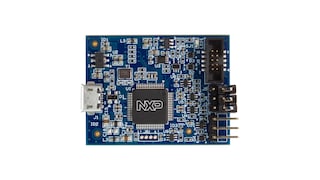
Additional hardware available. View our featured partner solutions.
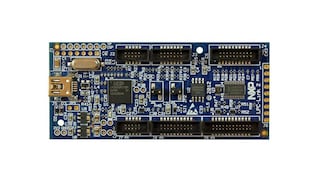

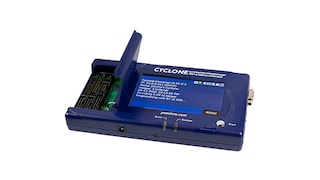
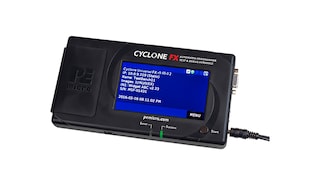
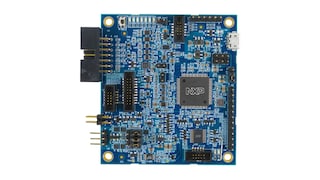

Sign in to access authorized secure files. Learn more about secure access rights.
1-5 of 12 hardware offerings
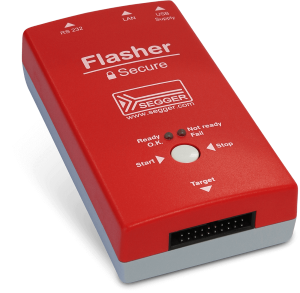
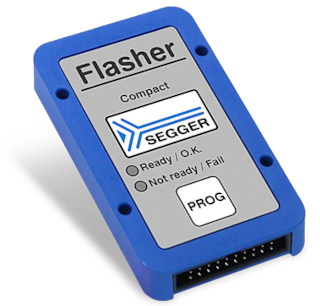
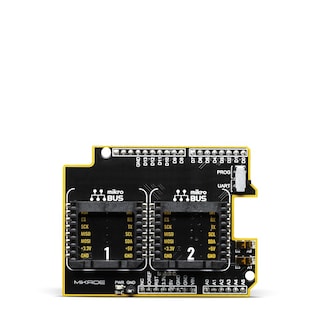
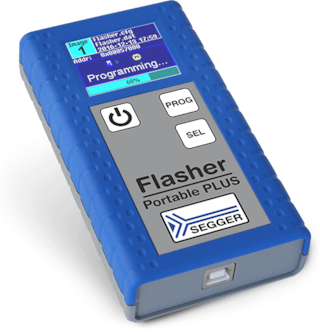
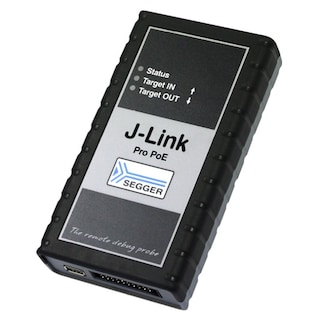
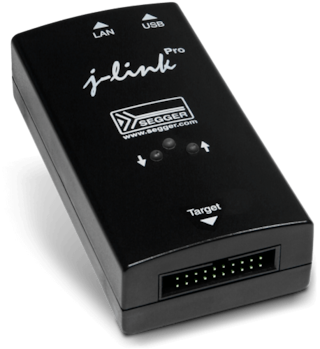
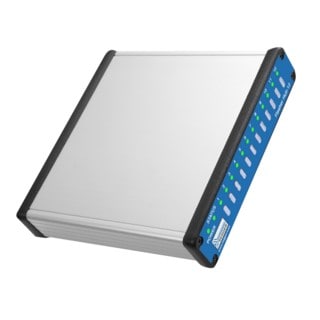
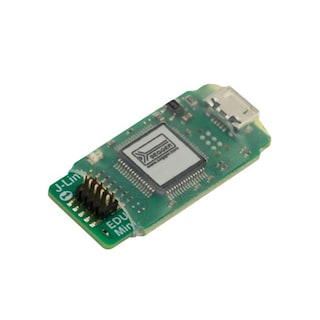
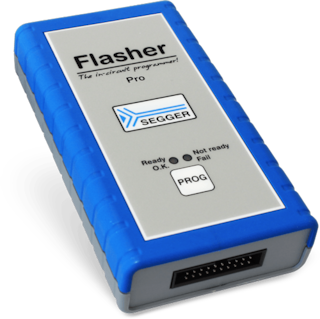
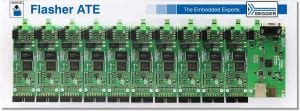

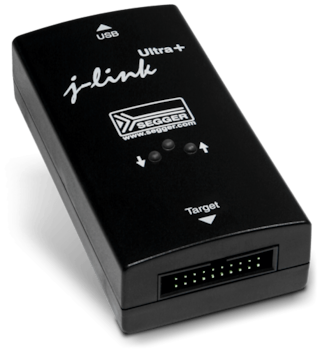
To find additional partner offerings that support this product, visit our Partner Marketplace.
1-5 of 9 hardware offerings



Additional hardware available. View our featured partner solutions.






Quick reference to our software types.
1-5 of 16 software files
Additional software available. View our featured partner solutions.
Note: For better experience, software downloads are recommended on desktop.
Sign in to access authorized secure files. Learn more about secure access rights.
Please wait while your secure files are loading.
1-5 of 32 software offerings
To find additional partner offerings that support this product, visit our Partner Marketplace.
1-5 of 16 software files
Additional software available. View our featured partner solutions.
Note: For better experience, software downloads are recommended on desktop.
1-5 of 5 engineering services





There are no results for this selection.
There are no results for this selection.
To find additional partner offerings that support this product, visit our Partner Marketplace.
1-5 of 11 trainings
Additional trainings are available. View our featured partner trainings.
11 trainings
Additional trainings are available. View our featured partner trainings.
11 trainings
To find additional partner offerings that support this product, visit our Partner Marketplace.
There are no recently viewed products to display.

Help us improve your experience on our site. We invite you to take our five-question survey.